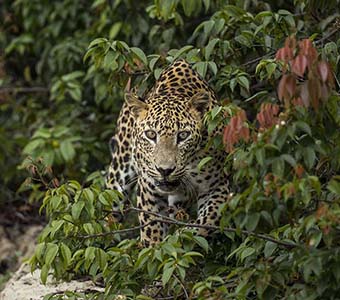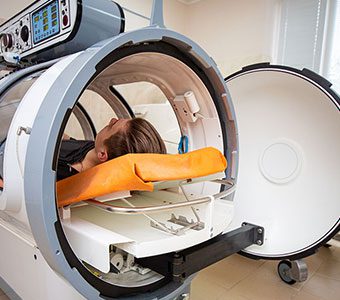Sri Lanka is a diverse diving destination, from pretty coral reefs, to technical dives on one of the world’s most famous WWII wrecks: HMS Hermes.
Topside, there’s exciting wildlife – elephants, leopards, monkeys, and wild peacocks, and being a relatively small country, it’s easy to combine diving with a wildlife safari – and then there’s Sri Lanka’s rich cultural history with dozens of ancient temples and monuments, reflecting hundreds of years. Not to mention – the FOOD. Sri Lankan cuisine is diverse, spicy, fragrant and cooked so delicately that you can taste every ingredient.
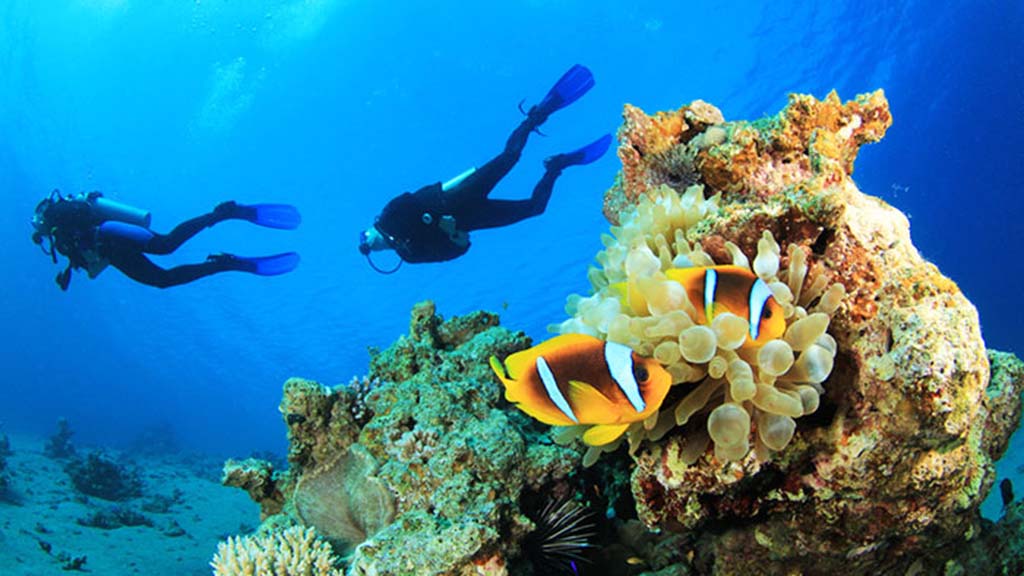
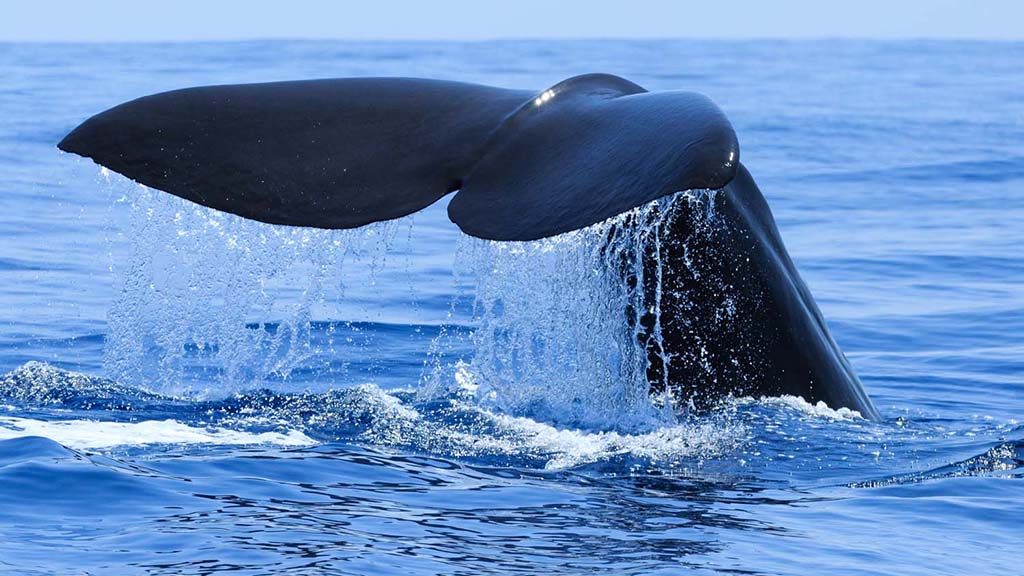
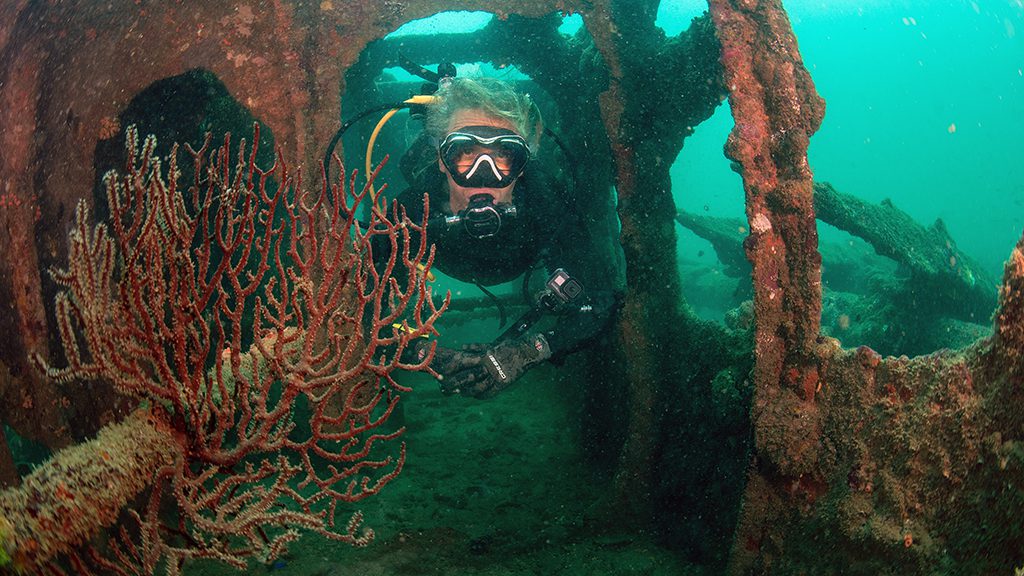
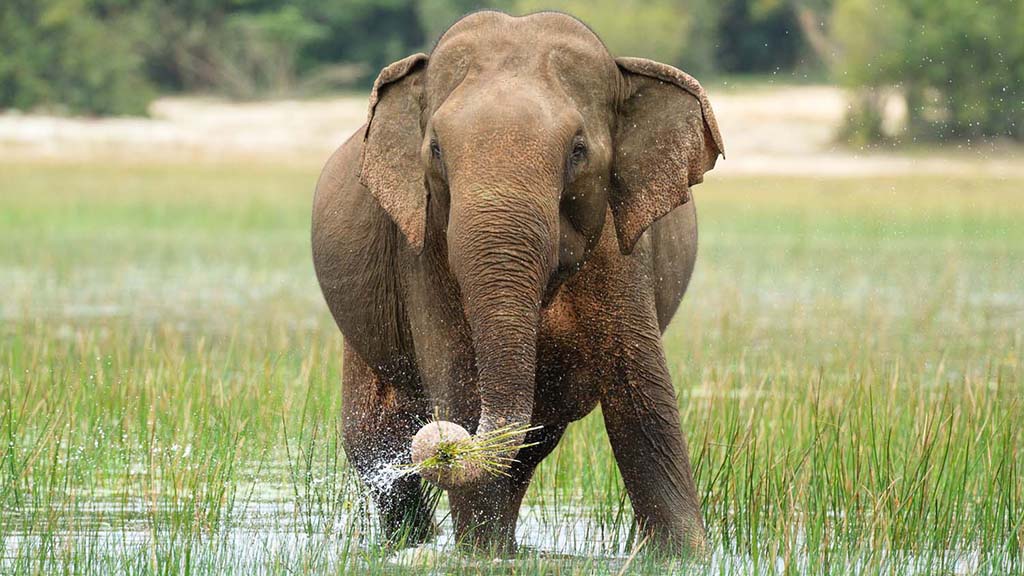
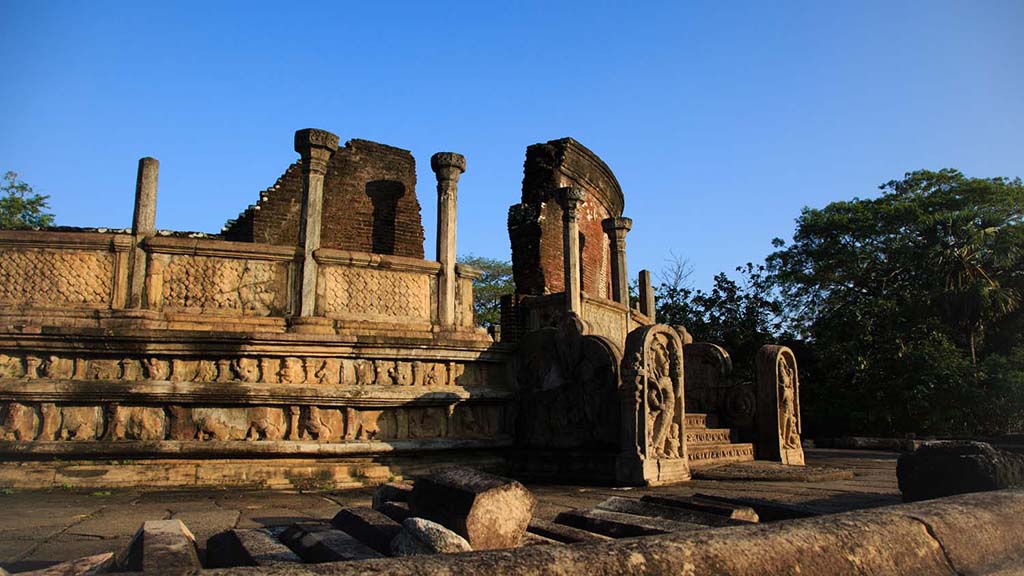
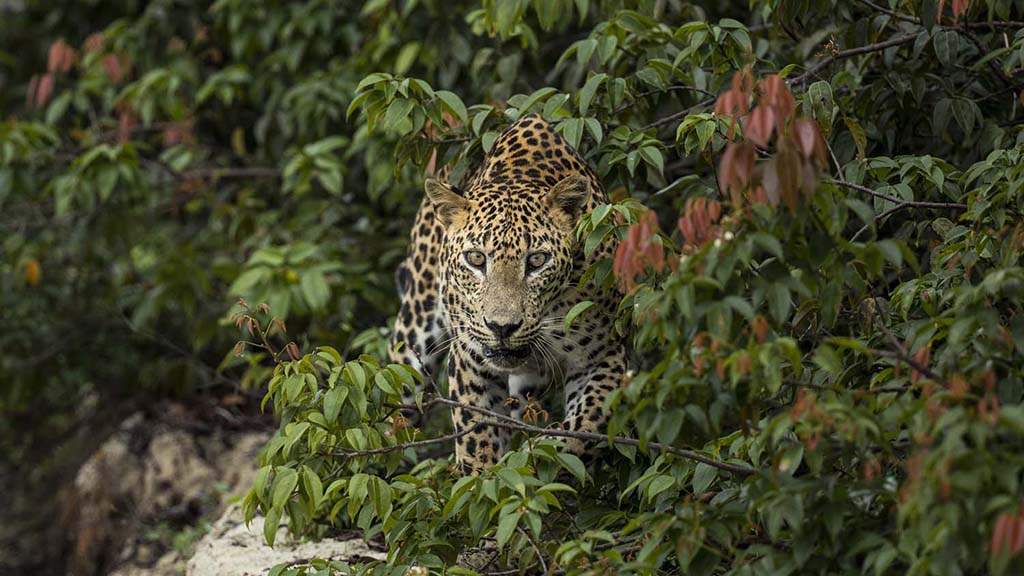
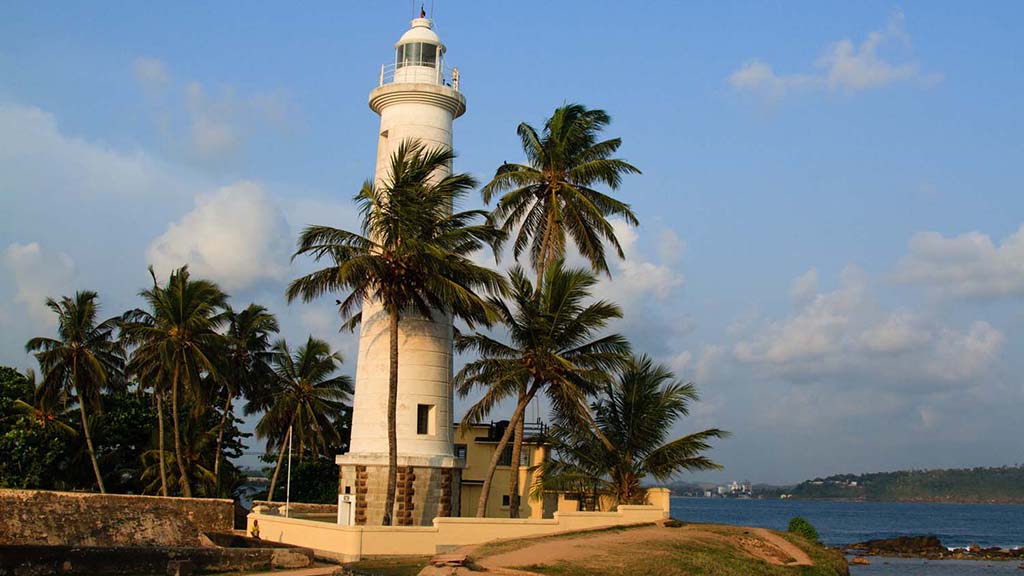
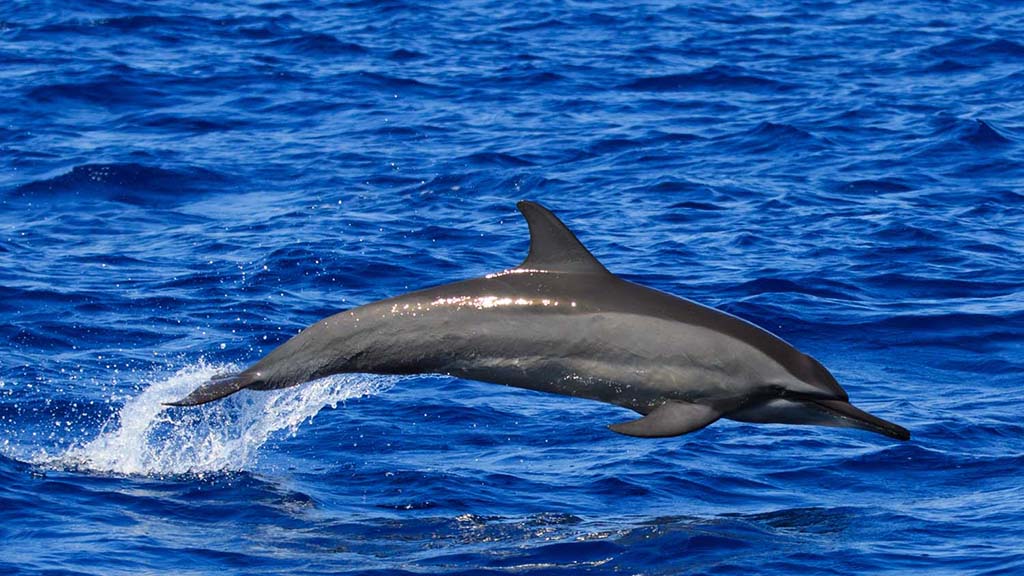
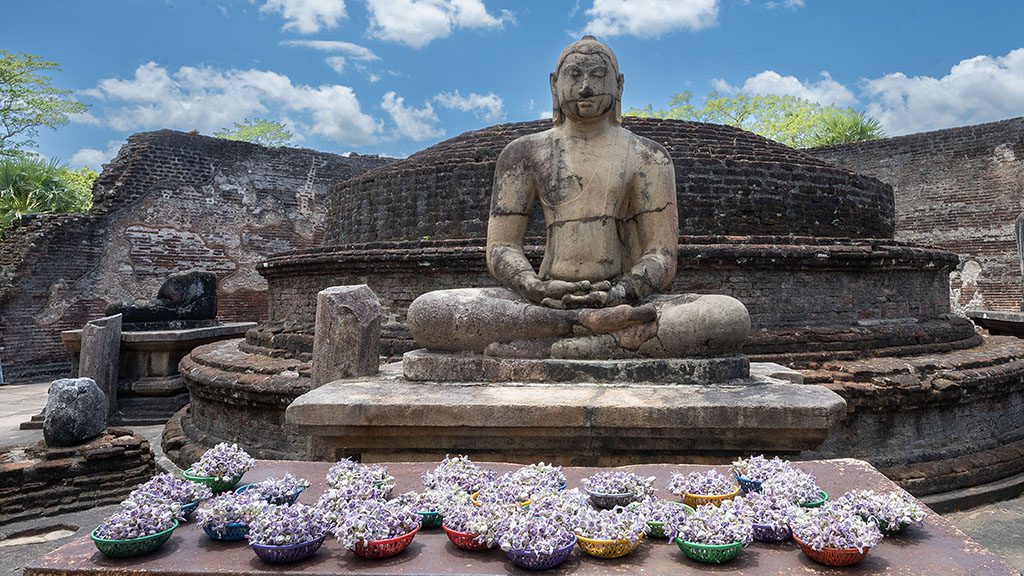
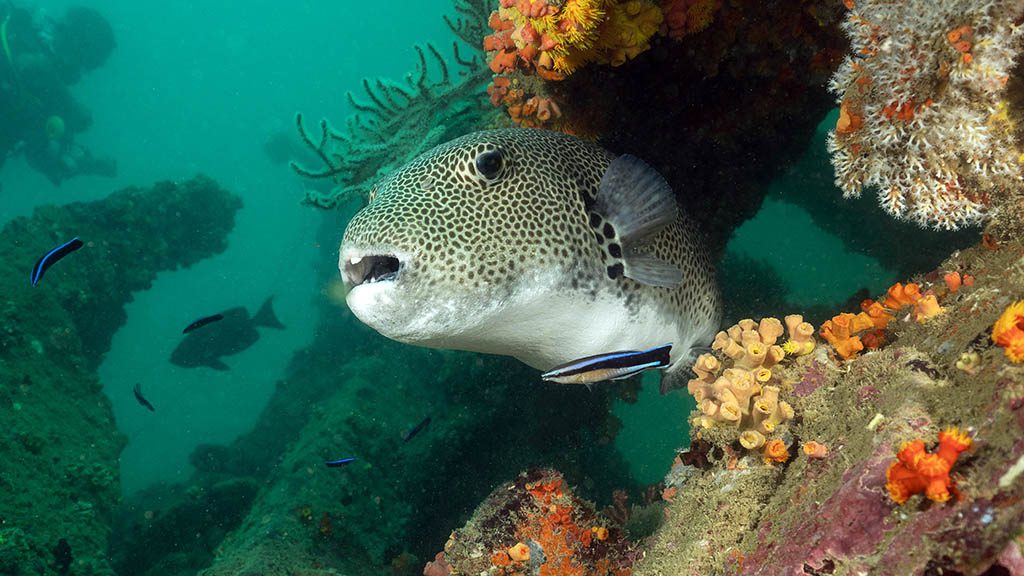
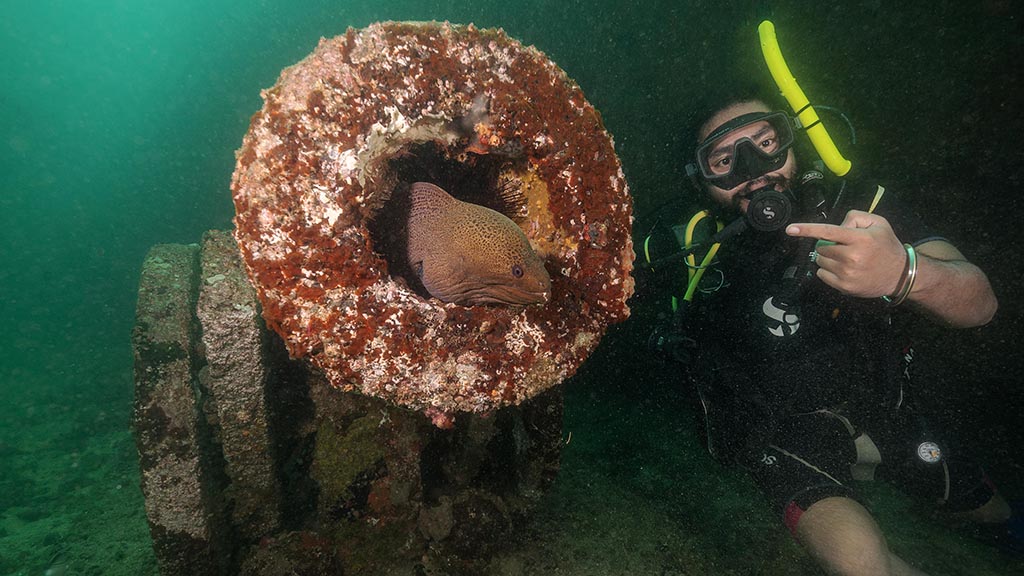
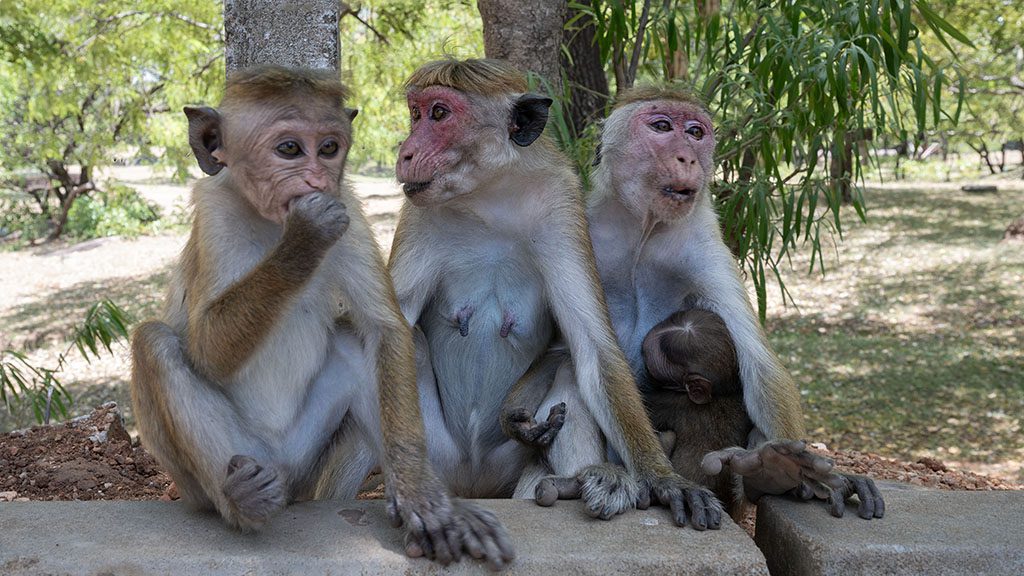
There are two ways to dive Sri Lanka. You can flop and drop at a resort, or book a tour so that you can dive in a couple of locations, and add on a wildlife safari and cultural tour. Note that most dive operators operate separately from resorts/hotels – there are very few ‘dive resorts’.
Best Time to Dive in Sri Lanka
Sri Lanka is a year-round diving destination thanks to its two distinct monsoon seasons, which affect opposite coasts at different times.
West & South Coasts (Colombo, Hikkaduwa, Unawatuna, Mirissa, Kalpitiya)
- Season: November to April
- Best time: March and April.
- Why? Calm seas, excellent visibility (15–30m). Early-March to April are the peak months in the movement of Whales.
- Highlights: Wreck diving in Colombo, vibrant coral reefs in Hikkaduwa, and whale sightings near Mirissa and Kalpitya. Sperm whales are the most common whales sighted, with others including blue whales, minke, melon-headed and dwarf sperm whales.
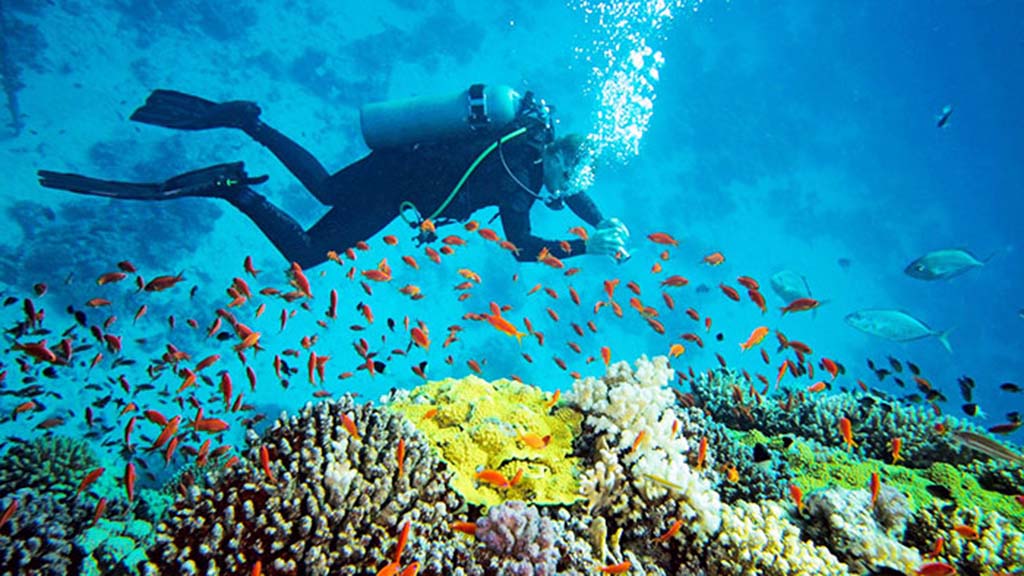
East Coast (Trincomalee, Pigeon Island, Batticaloa)
- Season: May to September
- Best Time: May and June
- Why? Monsoon winds shift, bringing calm conditions, warm waters (27–30°C), and great visibility (20–40m). May and June provide the clearest visibility, and if diving the Hermes, time your visit according to moon phase to ensure you visit when currents are less fierce.
- Highlights: Snorkeling and diving with blacktip reef sharks at Pigeon Island, WWII wrecks in Batticaloa, including the magnificent HMS British Sergeant, and for tech divers, the HMS Hermes. Trincomalee’s Underwater Museum is also an interesting dive, with a mix of scuttled ex-Navy vessels and statues telling a story of Sri Lanka’s history.

Sri Lanka’s dual-season diving makes it a perfect choice for divers any time of the year—just pick the right coast depending on the season!
Add on a Safari
Sri Lanka has several national parks, the most well known being Wilpattu, Minneriya, and Yala.
Wilpattu National Park is the oldest and largest national park in Sri Lanka. It is known for its diverse wildlife, including leopards, sloth bears, elephants, jackals, crocodiles, deer, and water buffalo. It is also a great place for bird watching, with many species of birds found in the park. Located northwest, it is a good safari option to add on to a dive itinerary that includes Colombo in the west.
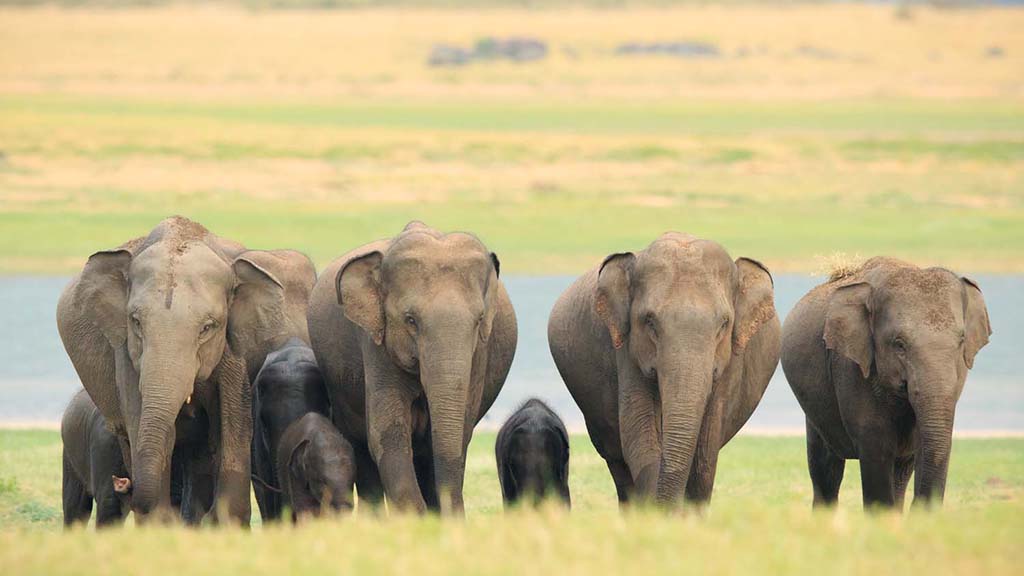
Minneriya National Park is famous for its large elephant gathering, which occurs annually between May and October. The park is also home to many other animals, including leopards, sloth bears, deer, and water buffalo. Additionally, it is a great place for bird watching, with over 160 species of birds found in the park. Located in central Sri Lanka, it’s a good one to add on to an east coast dive itinerary.
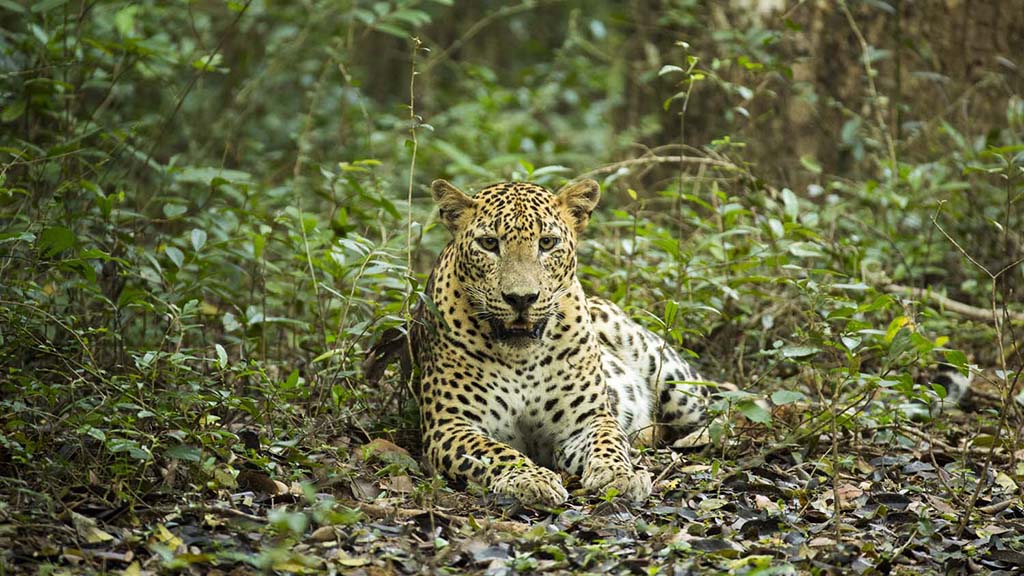
Yala National Park is the most visited national park in Sri Lanka. It is known for its high density of leopards, as well as its many other animals, including elephants, sloth bears, deer, and water buffalo. It is also a great place for bird watching, with over 200 species of birds found in the park. Located far south, Yala is convenient for a southwest dive itinerary.
Getting Around
A dive safari in Sri Lanka often means long road trips – especially to the east coast, and for a variety of dive experiences, you’ll probably want to visit a couple of destinations: Trinco and Batticaloa, Colombo and Kalpitya, Mirissa and Kalpitya. The best way to do this is by booking with a tour company. Diveplanit has partnered with Classic Wild to curate a selection of itineraries.



